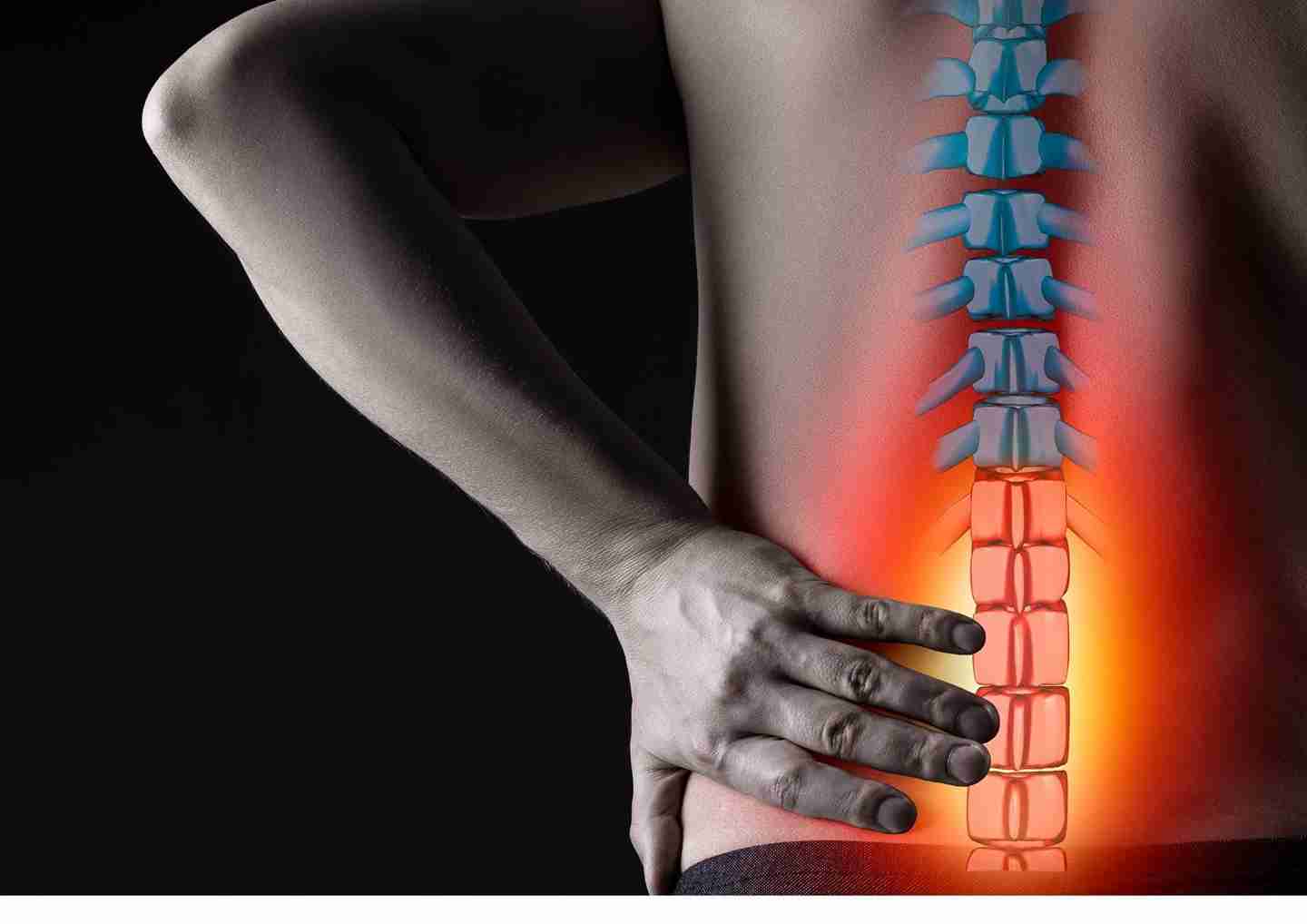

Introduction
A slipped disc, also known as a herniated or prolapsed disc, occurs when the soft inner gel of a spinal disc pushes through a crack in the tougher outer layer. This condition can cause significant pain and discomfort, often affecting the lower back or neck. While surgery is an option for severe cases, many people can find relief through non-surgical treatments.If you are looking for physiotherapy for slip disc, you can come over to Synapse Physiotherapy for a comprehensive physical assessment for your slip disc condition. Our experienced physiotherapist will be able to help you get back to your peak performance. In this article, we will be discussing at length the condition of slip disc, the associated causes and treatment strategies available that does not involve surgeries.The layman’s term slipped disc, is known as a herniated disc, disc prolapse, or a ruptured disc. It refers to a condition whereby portions of an abnormal, injured or degenerated disc have protruded against an adjacent nerve tissue. Slipped disc is a common spinal condition that can cause significant pain and discomfort. The most frequently affected area is in the lower back and cervical level however any disc can rupture and become herniated, therefore exposing the spinal nerves and spinal cord to this vulnerability.
The Mechanism of Injury
To further understand this condition, let’s dive deeper into the anatomy involved as well as the mechanism of injury. Discs are protective shock absorbing pads between the vertebrae of the spine. Technically the disc does not slip like how we think it does, what actually happens is that the inner layer of the intervertebral disc may either bulge, split, or rupture. This causes the cartilage surrounding the disc to herniate and allow the central gel portion of the disc to push into the surrounding nerve tissues. Oftentimes, it may compress nearby nerves and cause symptoms such as back pain, sciatica, and weakness in the limbs. Understanding the causes, symptoms, and treatment options for slip disc is crucial for effectively managing this condition and promoting recovery.
Certain risk factors will further increase the chances of suffering from a slip disc. These risk factors include:
- Ageing as it is associated with degeneration and loss of elasticity of the discs and supporting structures.
- Injury from improper lifting. Especially if accompanied by twisting or turning.
- Excessive strain associated with physical activities.
- Sudden forceful acute trauma.
Causes of Slip Disc
Slip disc can result from various factors, including:
- Age-related Degeneration: The natural ageing process can lead to wear and tear of the spinal discs, causing them to lose hydration, elasticity, and structural integrity over time. This age-related degeneration increases the risk of disc herniation.
- Trauma or Injury: Sudden trauma or repetitive stress on the spine, such as heavy lifting, twisting motions, or sports-related injuries, can cause the outer layer of a spinal disc to tear or rupture, leading to disc herniation.
- Poor Posture: Maintaining poor posture, such as prolonged sitting, slouching, or improper lifting techniques, can place excessive strain on the spinal discs and increase the risk of disc herniation.
- Genetic Factors: Genetic predisposition may play a role in the development of slip disc, as certain individuals may inherit traits that make them more susceptible to disc degeneration and herniation.
Symptoms of Slip Disc
The symptoms of slip disc vary depending on the location and severity of the herniation but may include:
- Back Pain: Persistent or sharp pain in the lower back or neck, often worsened by movement or prolonged sitting.
- Radiating Pain: Pain that radiates down the leg (sciatica) or arm, following the path of the affected nerve root. This pain may be accompanied by numbness, tingling, or weakness in the affected limb.
- Muscle Weakness: Weakness or loss of muscle function in the legs or arms, making it difficult to perform certain activities or maintain balance.
- Nerve Compression: Compression of spinal nerves may lead to symptoms such as difficulty in walking, changes in bowel or bladder function, and loss of sensation in the groyne area (cauda equina syndrome), which requires immediate medical attention.
Here, we explore various non-surgical approaches to treat a slipped disc:
Non-surgical treatments
Several non-surgical treatments can effectively alleviate the pain and symptoms associated with a slipped disc. These treatments focus on reducing pain, improving function, and preventing further injury.
1. Physiotherapy
Physical therapy is the cornerstone of non-surgical treatment for a slipped disc. A physical therapist designs a customised exercise program to:
– Strengthen Core Muscles: Strengthening the muscles around the spine provides better support and reduces pressure on the discs.
– Improve Flexibility: Stretching exercises can relieve tension and improve the range of motion.
– Promote Proper Posture: Training on maintaining proper posture can prevent further strain on the spine.
- Medications
Medications can help manage pain and inflammation:
– Nonsteroidal Anti-Inflammatory Drugs (NSAIDs): Over-the-counter NSAIDs like ibuprofen can reduce inflammation and alleviate pain.
– Muscle Relaxants: These can help reduce muscle spasms that may occur with a slipped disc.
– Pain Relievers: Acetaminophen or prescription pain relievers can manage severe pain.
3. Epidural Steroid Injections
For persistent pain, epidural steroid injections can provide significant relief. These injections deliver anti-inflammatory medication directly to the affected area, reducing inflammation and alleviating pain. This treatment is particularly useful for pain radiating to the legs or arms.
4. Chiropractic Care
Chiropractic adjustments can help realign the spine and reduce pressure on the herniated disc. Techniques include:
– Spinal Manipulation: Realigning the vertebrae to relieve pressure on the disc.
– Mobilisation: Gentle movement of the joints to improve flexibility and function.
It is important to seek care from a licensed chiropractor experienced in treating herniated discs.
5. Acupuncture
Acupuncture involves inserting thin needles into specific points on the body to relieve pain and promote healing. This ancient Chinese practice can:
– Stimulate Nerve Function: Improving communication between the nervous system and the affected area.
– Release Endorphins: The body’s natural painkillers.
6. Massage Therapy
Massage therapy can relieve muscle tension and improve blood flow to the affected area. Techniques such as deep tissue massage can:
– Reduce Muscle Spasms: That often accompanies a slipped disc.
– Promote Relaxation: Reducing overall pain and discomfort.
7. Lifestyle Modifications
Making certain lifestyle changes can prevent further injury and promote healing:
– Weight Management: Maintaining a healthy weight reduces pressure on the spine.
– Ergonomic Adjustments: Using ergonomic furniture and equipment at work and home can improve posture and reduce strain.
– Activity Modification: Avoiding activities that exacerbate the pain and gradually reintroducing them as the condition improves.
FAQs
1. Can a slipped disc heal on its own?
Yes, in some cases, with rest and proper care, a slipped disc can heal over time without surgical intervention.
2. How long does it take to recover from a slipped disc?
Recovery time varies but can range from a few weeks to several months, depending on the severity of the condition and the treatment approach.
3. Is physiotherapy painful for slipped discs?
Physiotherapy is generally not painful. It focuses on gentle, targeted exercises that help reduce pain and improve mobility.
4. Can physiotherapy completely cure a slipped disc?
While physiotherapy can significantly alleviate symptoms and improve function, it may not completely “cure” the herniation but can manage the condition effectively.
5. When should I consider surgery for a slipped disc?
Surgery is considered when non-surgical treatments fail to provide relief or if there is severe nerve compression causing serious symptoms, like loss of bladder control.
Conclusion
While surgery may be necessary for some cases of a slipped disc, many individuals can find relief through non-surgical treatments. Physical therapy, medications, epidural steroid injections, chiropractic care, acupuncture, massage therapy, and lifestyle modifications offer effective ways to manage and alleviate the symptoms of a herniated disc. Consulting with healthcare professionals to create a tailored treatment plan is essential for achieving the best outcomes and preventing future issues.
Tags :
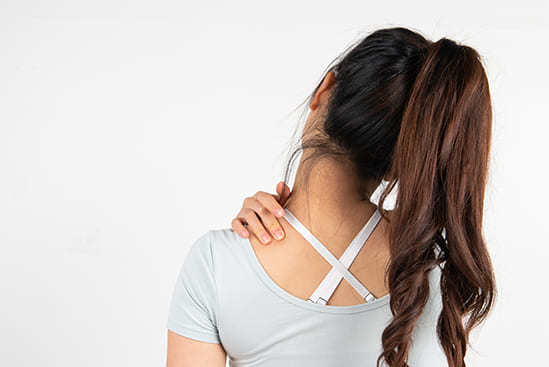
Back & Neck Pain
- Spine & Core Rehabilitation
- Strength & Conditioning Programme
- Pain Management
- Biomechanical Assessment
- Sports Physiotherapy
- Group Class
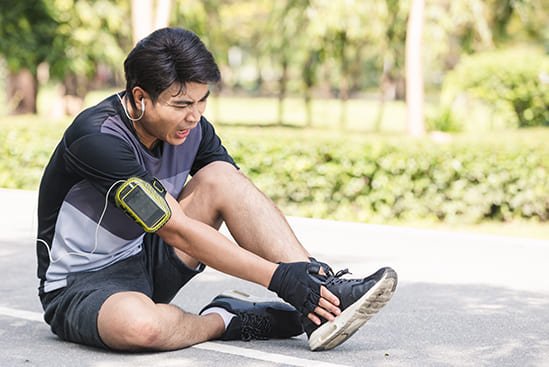
Sports Injuries
- Strength & Conditioning Programme
- Pain Management
- Biomechanical Assessment
- Sports Physiotherapy
- Shockwave Therapy
- Group Class
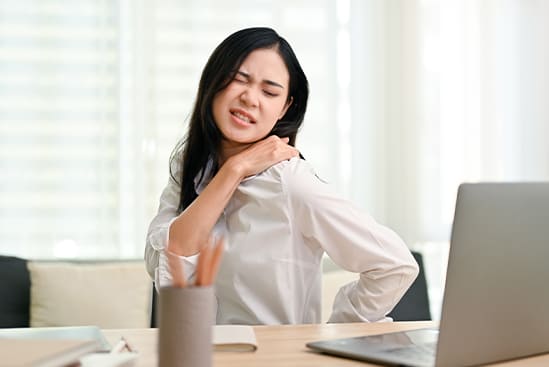
Work Desk Injuries

Pre-Post-Surgical Conditions
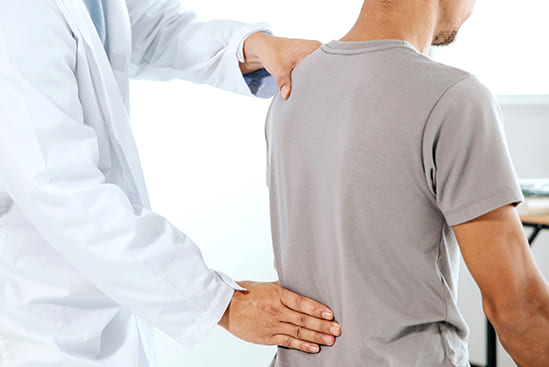
Scoliosis & Postural Abnormalities
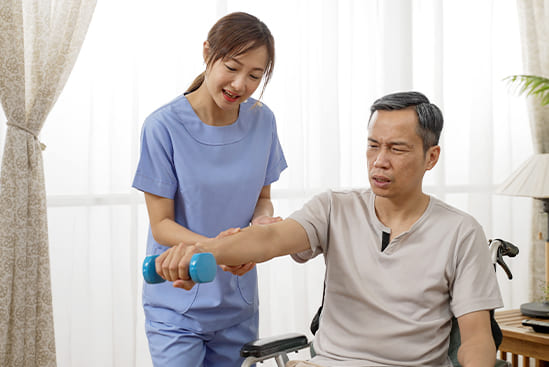
Neurological Conditions
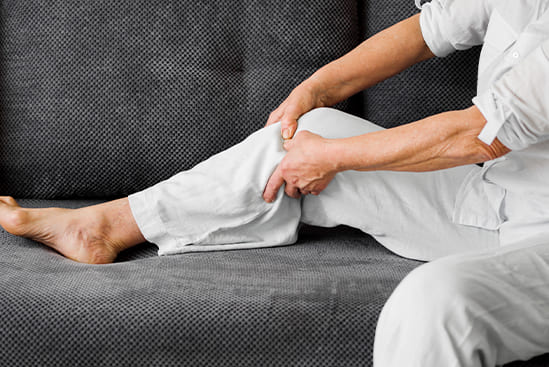
Osteoarthritis & Rheumatism
Joint degeneration and inflammation happens as the human body grows older, but that does not mean our way of life degenerates as well. Relief your joint pains with a joint effort together with your physiotherapist, who will provide pain-relief treatments and prescribe exercises for your wellbeing.
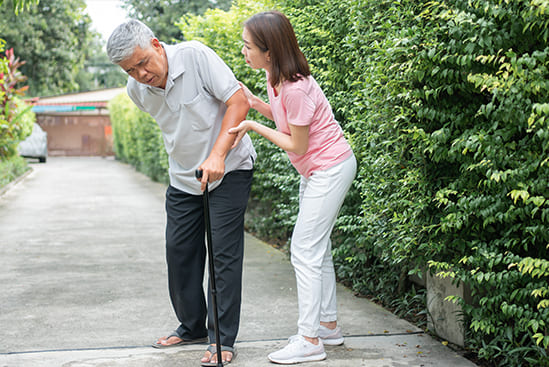
Conditions Relating To Elderly
Common conditions in the older age population include hips & knee pain, back & neck pain, osteoarthritis, rheumatism, fear of falling and many more. Aging and degeneration of bodily function is inevitable, but here at Synapse, we will help you live the best of your life.




